It’s one of the most mesmerising sights on the planet.
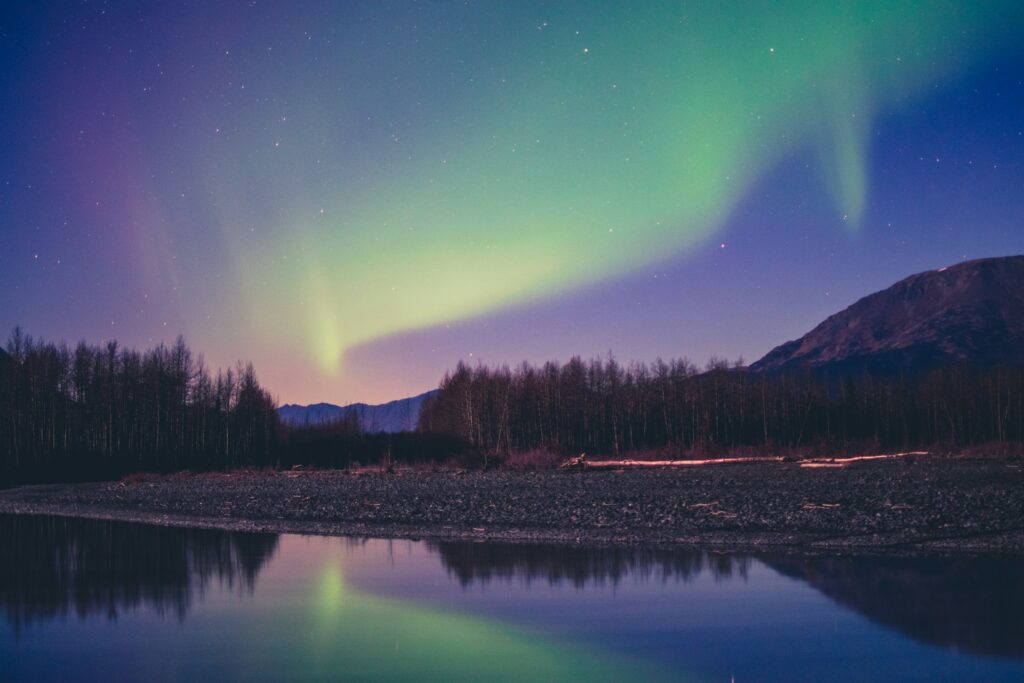
Curtains of green, purple, pink, and even red light ripple across the night sky, often dancing in silence above snowy mountains, open forests, and icy tundra. However, while the aurora borealis feels like pure magic, it’s entirely grounded in science, and it starts nearly 150 million kilometres away, with the sun.
For centuries, the northern lights have captivated explorers, scientists, artists, and everyday sky-watchers. People have crossed continents, huddled in freezing temperatures, and stared up for hours just to catch a glimpse. As technology has developed, our understanding of this phenomenon has expanded. But the feeling of wonder it inspires? That hasn’t changed a bit.
Here’s what’s really going on behind the spectacle we call the northern lights.
It all begins with the sun.

The sun constantly emits a stream of charged particles, known as the solar wind. These particles are always moving outwards through the solar system, but the amount and intensity vary. Sometimes, particularly during solar flares or coronal mass ejections (CMEs), this solar wind becomes much more intense. These solar storms are essentially huge releases of energy, and when they head toward Earth, they can arrive within a day or two and cause noticeable disruptions in our upper atmosphere.
When those bursts of energy reach Earth, they interact with our planet’s magnetic field. Most of the time, this field shields us from solar radiation. But at the poles, where the magnetic field lines curve inward, some of those charged particles sneak through. That’s when things start to glow.
Earth’s magnetic field guides the particles.
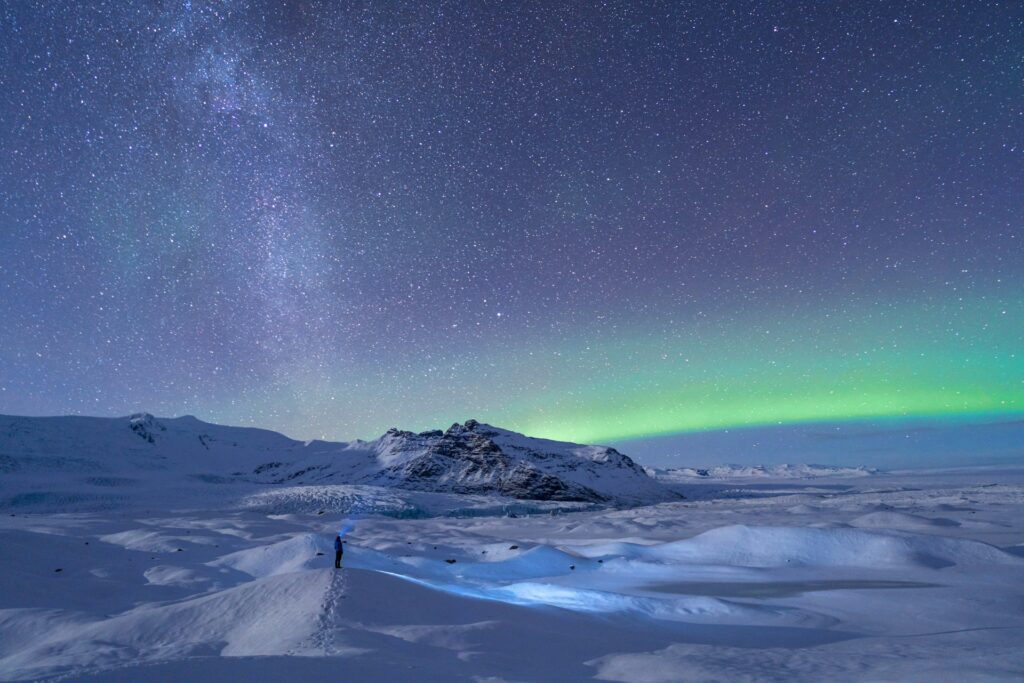
Earth’s magnetosphere acts like a giant protective bubble. But it doesn’t deflect everything. When solar particles approach, they’re funnelled toward the poles along the magnetic field lines. This is why auroras don’t appear randomly around the planet but are concentrated near the Arctic and Antarctic Circles. These regions are where our planet’s magnetic defence is thinnest, allowing particles to filter in.
This process also explains why auroras form in distinct oval shapes around the geomagnetic poles, rather than directly at them. Scientists refer to these zones as “auroral ovals,” and their size and intensity can expand or contract depending on how strong the solar wind is at any given moment.
The colours come from gases in the atmosphere.

When these charged solar particles reach the upper atmosphere, they collide with atoms and molecules of gases like oxygen and nitrogen. These collisions excite the atoms, boosting their energy. When the atoms return to their normal state, they release light, and that’s what we see dancing across the sky.
The type of gas and the altitude at which the collision occurs determines the colour of the light. Oxygen at higher altitudes (above 200km) tends to emit red light, while lower down (100–200km), it glows green, the most common aurora colour. Nitrogen produces blue or purple light, often seen along the edges or lower borders of an aurora curtain.
The shape of the lights comes from magnetic field lines.

The reason auroras often appear as curtains, arcs, or waves is because they follow the shape of Earth’s magnetic field. These magnetic field lines act like invisible rails, guiding the charged particles through space. As they interact with the atmosphere, the lights take on structured forms, creating those dramatic sweeping shapes that seem to ripple in silence.
Changes in solar wind intensity and direction can cause the lights to shimmer, pulse, or dance. This dynamic movement is why time-lapse videos of auroras are so hypnotic—they capture a very real, very active energy exchange happening above our heads.
They can be seen further south during strong solar storms.

Auroras are typically restricted to the higher latitudes, but during intense solar storms, they can extend much farther. A strong geomagnetic storm can push auroral activity down into areas that don’t normally see them. In the UK, for example, parts of northern England and even the Midlands have reported sightings during major events.
One of the most powerful examples occurred in 1859 during the Carrington Event. The auroras from that storm were visible as far south as the Caribbean, and the electrical disruptions caused global havoc with telegraph systems. Today, experts warn that a similar event could severely disrupt satellites, power grids, and communication networks. NASA continues to monitor space weather to prepare for such possibilities.
There’s a southern version, too.
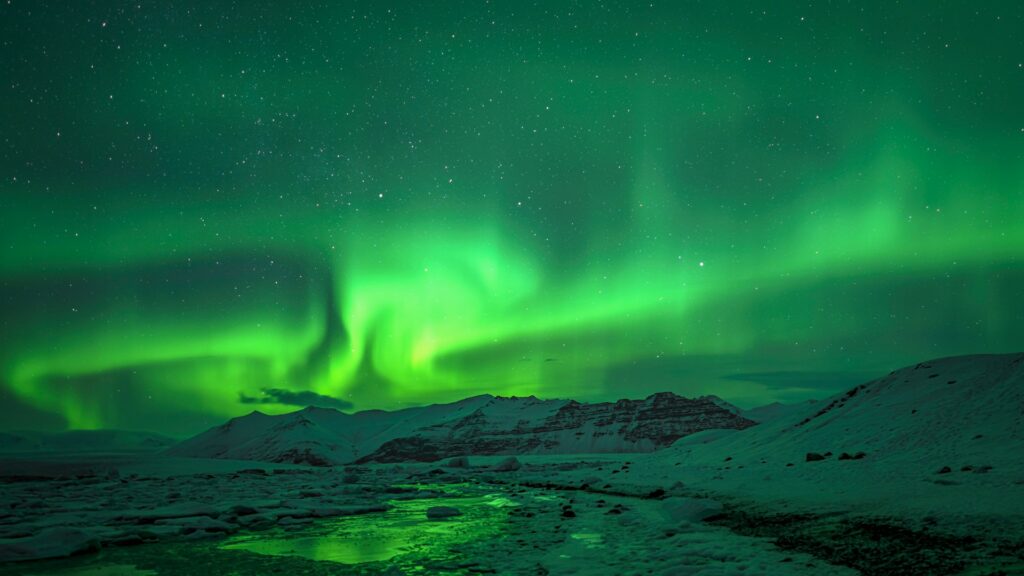
The aurora australis, or southern lights, is the same natural phenomenon, simply occurring near the South Pole. It’s produced by the same solar activity and follows the same physics. However, it tends to be seen less frequently simply because fewer people live in or travel to Antarctica, Tasmania, or the southernmost parts of New Zealand and Chile.
Those who do make the effort to witness the southern lights describe them as every bit as breathtaking. In fact, because of the lack of light pollution in many southern latitudes, some argue they can be even more vivid.
Auroras aren’t unique to Earth.
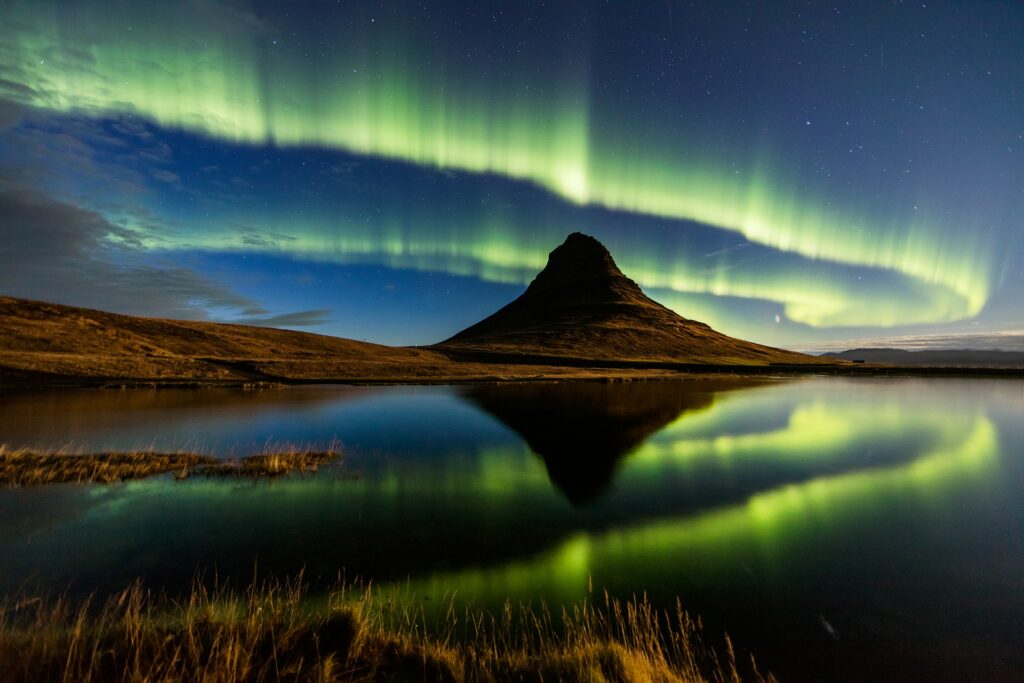
Other planets experience auroras, too. Any planet with a magnetic field and an atmosphere can create similar effects. Jupiter and Saturn have particularly intense auroras, which have been studied by spacecraft including Hubble, Cassini, and Juno.
Jupiter’s auroras are fascinating because they’re triggered by solar wind and influenced by its moon Io. This volcanic moon sends out a stream of charged particles into Jupiter’s magnetosphere, powering auroral activity that dwarfs what we see on Earth. NASA’s Juno mission has helped us learn more about these alien light shows.
Aurora activity can be predicted.

Thanks to data from space weather satellites and ground-based monitoring stations, scientists can now forecast aurora activity with reasonable accuracy. The KP index, which runs from 0 (very calm) to 9 (extremely active), is a common measure of geomagnetic disturbance. Higher KP ratings mean auroras are likely to be visible farther south than usual.
Websites like AuroraWatch UK and mobile apps provide real-time alerts, helping enthusiasts plan their viewing. While predictions aren’t perfect, they’ve improved enough that many people now build travel around expected auroral activity.
They have deep cultural significance.

Before we understood the science, people tried to explain the lights through stories and mythology. In Norse culture, the lights were thought to be the glow of Valkyries’ armour as they rode into battle. In some Inuit traditions, auroras were seen as spirits playing games in the sky or guiding souls to the afterlife.
Auroras have been painted in art, referenced in poems, and even feared as omens. Today, they continue to inspire awe. Many people describe seeing the northern lights as a spiritual or life-changing experience, one that evokes wonder and a profound sense of place in the universe.
They help scientists study Earth’s upper atmosphere.

Auroras aren’t just beautiful—they’re also scientifically useful. By observing how auroral particles move and interact with our atmosphere, scientists gain insight into the behaviour of Earth’s magnetic field and upper atmospheric layers. Studying auroras helps researchers understand how solar storms affect GPS, satellites, radio communications, and even airline flight paths.
There are also ongoing missions, like ESA’s Swarm satellites, that track Earth’s magnetic field in detail. These studies improve our ability to protect vital technology from space weather and give us a better understanding of the complex relationship between the sun and our planet.
They’re a reminder of Earth’s place in the solar system.
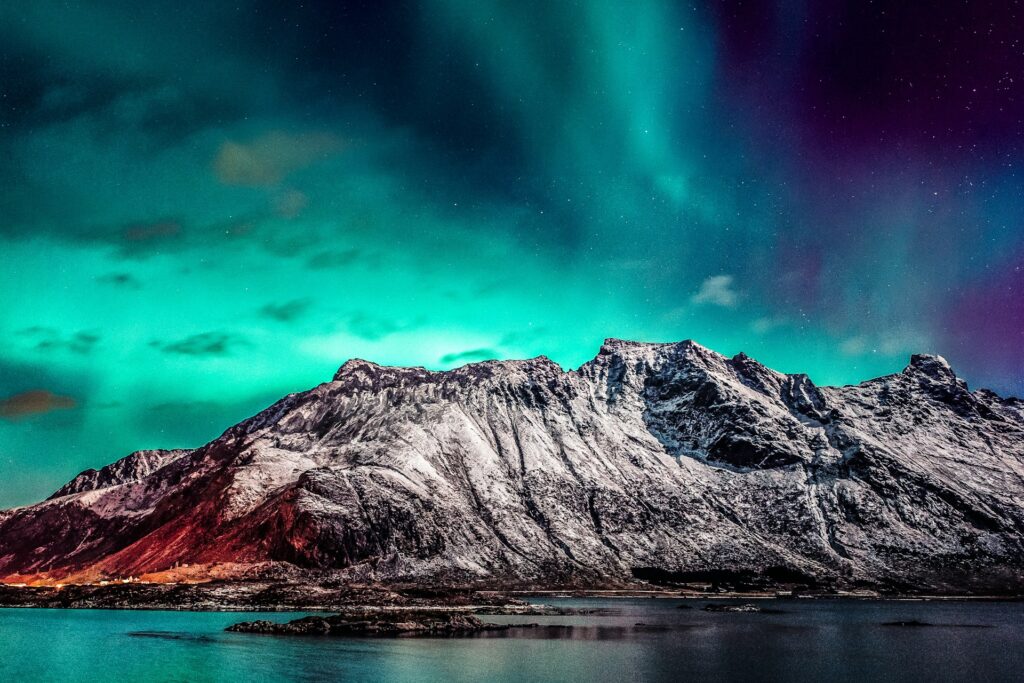
Beyond their beauty, the aurora borealis is a visible link between our planet and the cosmos. They remind us that we’re part of a larger system, one where space weather can have real impacts on daily life. From satellite navigation to power grids, what happens on the sun doesn’t stay on the sun. We’re directly connected to our star in a way that’s both powerful and humbling.
The aurora serves as a glowing example of those connections, reminding us that even the most distant and seemingly abstract parts of the solar system can light up our skies and shape our lives.
The northern lights are more than just a pretty show.
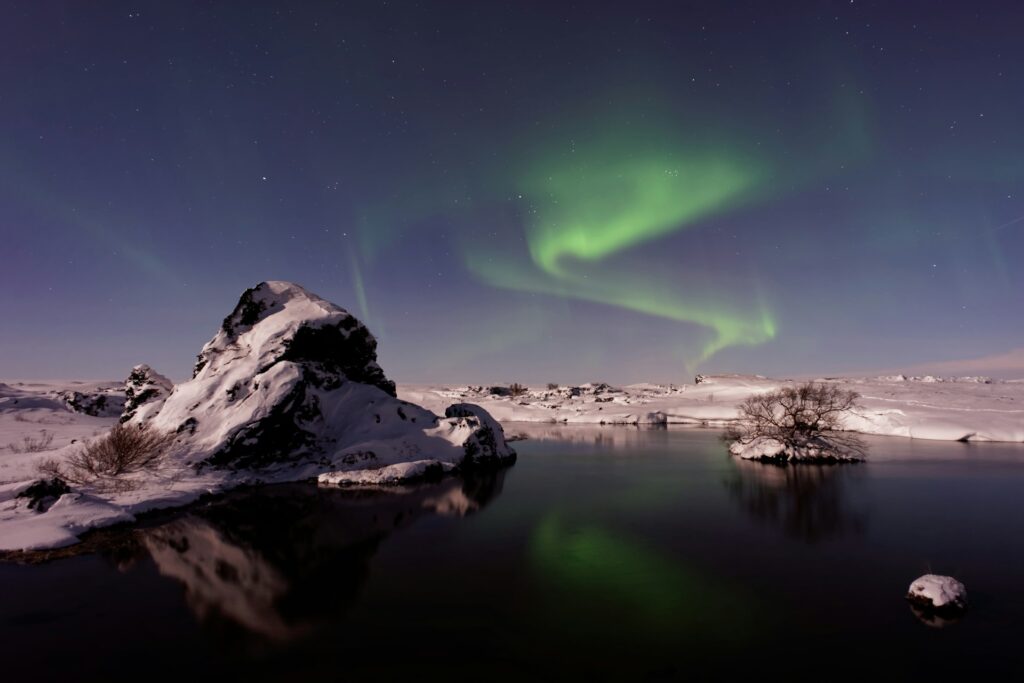
They’re a dance between Earth and space, energy and matter, protection and vulnerability. Understanding them helps us better grasp our place in the universe, and gives us one more reason to stand outside on a cold, clear night and look up.
Whether you’re chasing them across Iceland or catching a rare glimpse from your back garden, the aurora borealis offers something that science can explain but wonder will always elevate. It’s nature’s reminder that beauty and complexity can exist in perfect harmony above our heads.